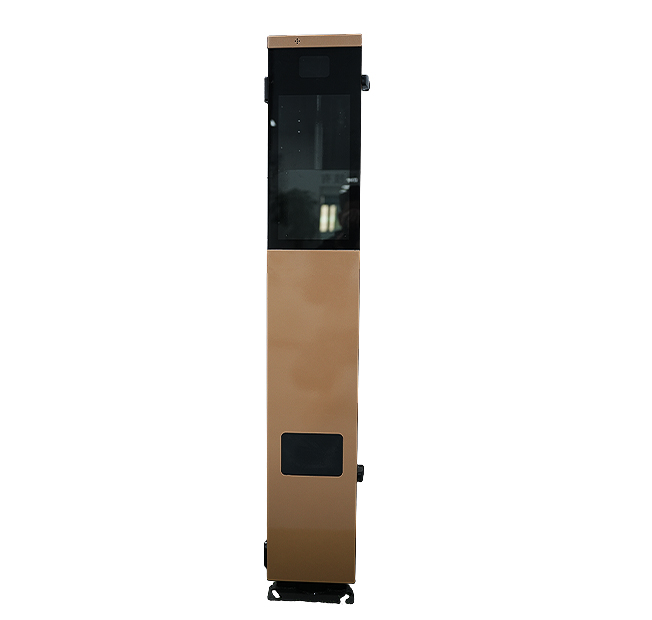Time:2025-06-27 Views:0 source:CNC Machining customization source:CNC Machining news

Hot processing in sheet metal manufacturing encompasses a range of techniques performed at elevated temperatures, where the metal becomes more malleable and easier to shape. These techniques, including hot rolling, hot forging, and hot stamping, often need to be coordinated effectively to achieve high - quality sheet metal products with specific properties.
Hot rolling is one of the primary hot processing methods. It involves passing the metal through a series of rolls at high temperatures, typically above the metal's recrystallization temperature. This process reduces the thickness of the metal sheet while improving its surface finish and mechanical properties. Hot - rolled sheets have good formability and are often used as the base material for further processing. However, they may have a relatively rough surface and less precise dimensional control compared to cold - rolled sheets.
Hot forging is another important hot processing technique, especially for producing complex - shaped sheet metal components. In hot forging, the heated metal is shaped using dies under high pressure. This process can improve the grain structure of the metal, enhancing its strength and toughness. Forging also allows for the elimination of internal defects and the creation of components with high mechanical performance.
Hot stamping combines the advantages of hot forging and stamping. It involves heating the metal sheet to a specific temperature range, usually close to its recrystallization temperature, and then rapidly forming it using a stamping die. The hot stamping process can produce high - strength, lightweight components with excellent dimensional accuracy. To coordinate these hot processing techniques effectively, precise control of temperature, deformation speed, and cooling rate is necessary. For example, in the production of high - strength automotive body parts, hot stamping may be preceded by hot rolling to obtain the initial sheet thickness, and followed by a controlled cooling process to achieve the desired microstructure and mechanical properties. Coordinating different hot processing techniques ensures that the final sheet metal product meets the stringent requirements of various applications, from automotive manufacturing to aerospace engineering.
Read recommendations:
Sealing ring Precision electronic parts
Housing components for recessed downlights Precision electronic parts
Oval Magnetic Hardware Precision electronic parts
CNC Machining Dimension Accuracy
CNC processing factory - Meeting customers' strict requirements for precision